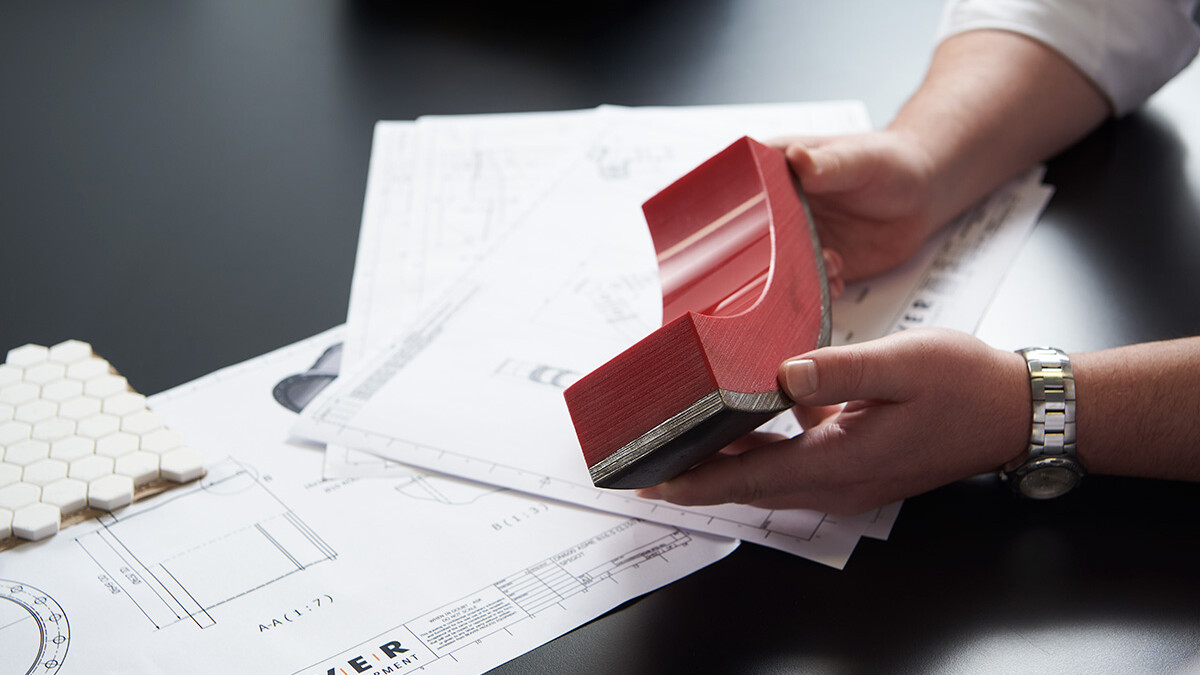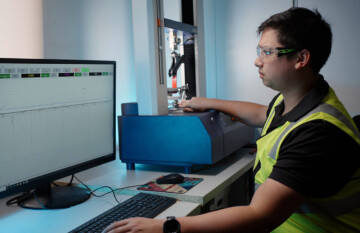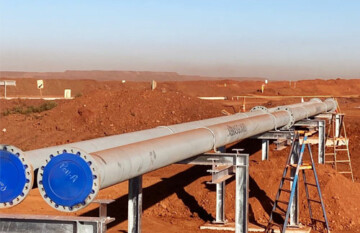Mining companies are continuously looking for transformational ways to reduce energy costs and reliance on fossil fuels.
But it’s easy to overlook smaller gains – the not-very glamorous but still important improvements to reduce your site’s energy requirements.
One of those is surface friction losses in your slurry pipeline – and how making smarter design decisions to reduce friction cuts commissioning and ongoing energy costs.
We’ll show you why in this article.
Surface friction matters in slurry pipelines
Surface friction is a measure of the resistance by a fluid as it moves along the interior of a pipe.
The fluid interacts with the inner surface of the pipe wall, creating a frictional force that resists the fluid’s flow. It causes the fluid’s pressure, velocity, and energy to decrease as it travels further along the pipe.
Comparing Rough vs Smooth Liner Surface and Pipeline Performance
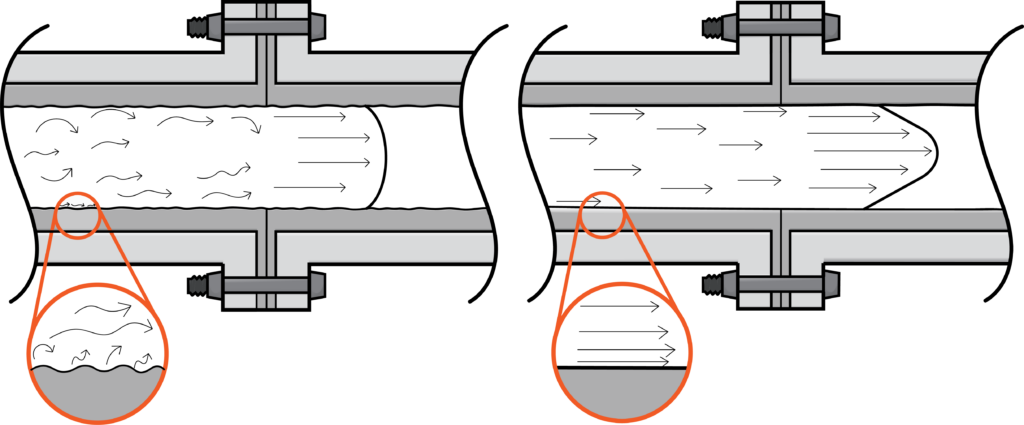
Friction or head loss effects a slurry pipeline’s performance through:
- Higher energy costs: the greater the friction, the more energy is required to transport the fluid.
- More wear and tear: surface friction accelerates the wear and tear of the internal surface of the slurry pipeline. This leads to premature failure and increased maintenance costs.
- Increase pump stations: friction losses contribute to fluid pressure decreasing from the pipeline’s inlet to its outlet. For long distance pipelines, it requires additional, costly pumping stations to maintain pressure and flow rate.
- Reduced hydraulic efficiency: high surface friction can cause turbulence in the fluid flow, disrupting the optimal laminar flow.
We find a lot of design engineers will compensate for this by either using a using a larger bore size or use a pump with a higher head rating.
However, these strategies add to the bottom line of the project. That’s why it’s worth looking at different liner technology to get friction losses under control.
Using liner technology to reduce friction loss
Pipe liner material has a significant impact on surface friction and subsequent head losses.
Different pipe materials have different surface roughness. The rougher the surface, the higher the friction and therefore higher the head loss.
Table 1 shows typical head losses that can occur with common slurry pipeline liners.
As you can see, the friction losses can vary. Unlined steel has the highest friction losses, followed by rubber-lined steel and HDPE lined steel. The friction losses in polyurethane lined steel pipe are significantly lower – up to 85% less compared to unlined steel.
Table 1: Friction loss of common slurry pipeline materials
| Pipeline material | Friction loss (m/head)* |
|---|---|
| Unlined steel | 77.48 m/head |
| Rubber lined steel | 41.16m/head |
| HDPE lined steel | 24.45m/head |
| Polyurethane lined steel | 12.22m/head |
**Calculated using Darcy-Weisbach equation on a theoretical 10km, DN300 slurry pipeline with a flow rate of 3m/s, specific gravity of 3.5, viscosity of 1000 centipoise (CP)..
What does that mean for your slurry pipeline?
Using older style pipe technology such as unlined or rubber-lined steel means you’ll need to either increase flow rates, use a larger pump, or increase pipe size.
All that comes at a higher commissioning – and ongoing energy – costs.
Conversely, if you select a pipe liner with a lower surface roughness, you can opt for smaller or fewer pumps – reducing your overall energy costs.
Of course, you also need to take into account other factors in the design, such as slurry rheology, process operating conditions and the required lifespan of the pipeline.
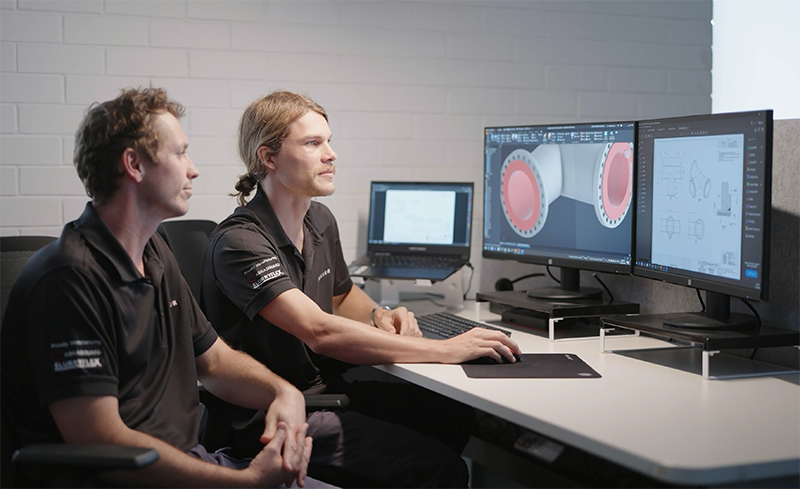
Reduce friction loss, reduce costs
With mining companies under financial and social pressure to reduce energy consumption, you can see why getting surface friction losses under control is important.
Selecting a liner with a low surface friction will offset energy costs, extend wear life and optimise performance.
It is one of the small details that will deliver improved cost, performance, safety and longevity of a pipeline.
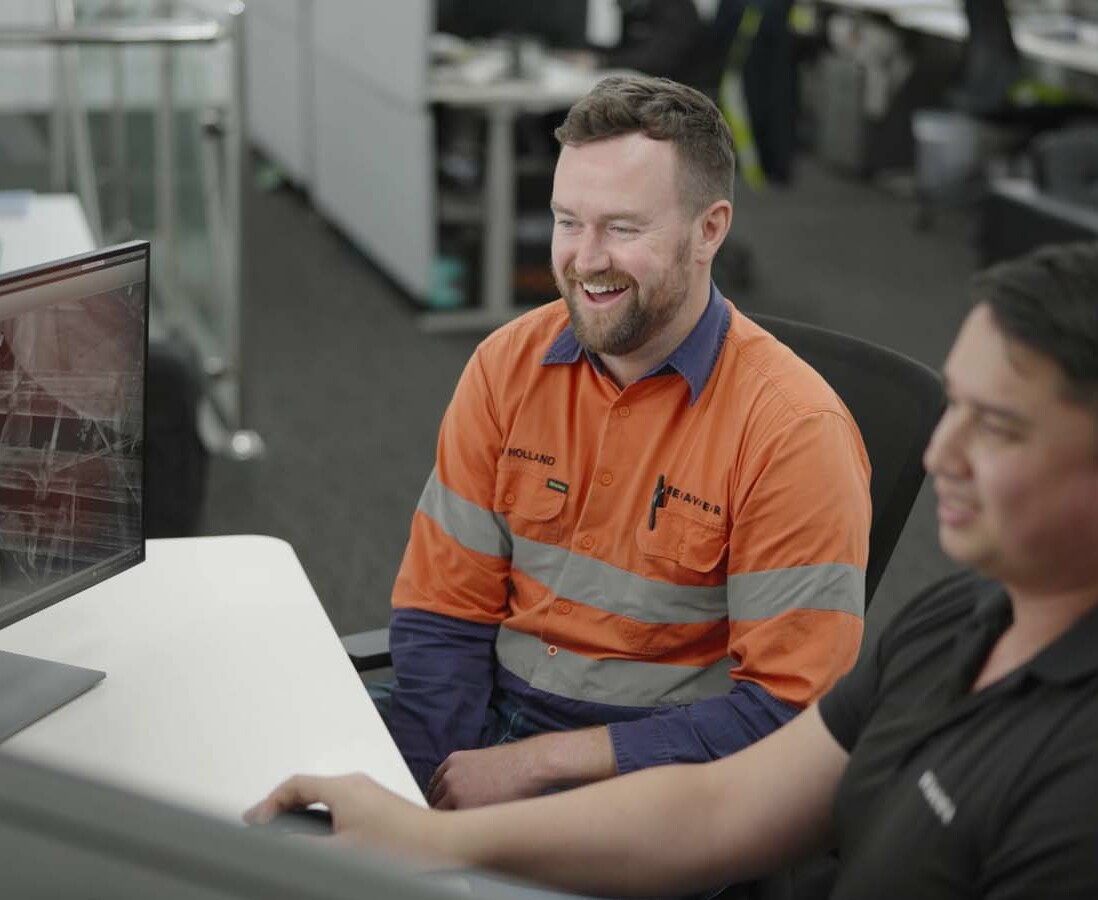
Get practical recommendations for your pipeline
Reach out to setup a call with a pipeline specialist. We'll give you clear recommendations and advice to help you with your piping specification, so you can confidently design a pipeline that lasts.
"*" indicates required fields








